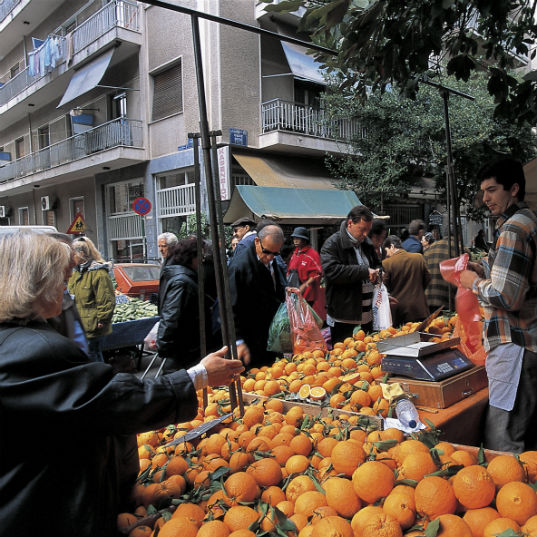Malthus, food production and population growth
Discover what the Malthusian theory was and why it failed in its prediction
When, in 1798, the English scholar Thomas Malthus published An Essay on the Principle of Population, it would lead to economics being rebranded as “the dismal science”. Why? Because, in his work, Malthus - cleric, economist, professor and one of the first demographers in history – expounded a theory that later became known as the Malthusian Catastrophe.
His hypothesis stated, in a highly synthesized way, that the world population grew exponentially (1, 2, 4, 8, 32, 64…), whereas agricultural production increased arithmetically (1, 2, 3, 4, 5, 6, 7…), making it inevitable that the planet would, at some time or other, be unable to produce enough food for all its inhabitants.
This doomsday theory proved false with the passing of time as Malthus, despite including in his research variables such as wars and famines, could not conceive of other important variables which emerged in later decades, like birth control techniques and the technological advances applied to agriculture and food production.
Demand for food will grow…. but at a lower rate
Although Malthus’ theory, promulgated nearly 220 years ago, thankfully proved wrong with respect to its predicted tragic outcome, the idea of a growing population finding it increasingly difficult to survive from existing resources was certainly close to the truth. It has to be remembered that when Malthus theorized about demographic growth, the population was less than 1 billion. Today it is approaching 7.5 billion.

The big question is whether we are able to generate enough food for all the population until 2050, the moment when it is estimated the number of inhabitants on the planet will stabilize. It also has to be taken into account that the distribution of natural resources does not correspond to the geographic distribution of the population, nor necessarily the migratory flows that will offset this balance.
According to the FAO (the Food and Agriculture Organization of the United Nations) and the OECD (Organisation for Economic Co-operation and Development), world food demand will continue to grow during the period 2017-2026, but at a slower rate than previous decades, mainly for two reasons: world population growth will be slower, and there will be a lower demand for biofuels made from sugar, wheat, corn and seeds, as a result of the lower cost of fossil fuels.
The FAO and OECD point out, however, that this slowdown in food demand does not hide the fact that there are important challenges to overcome. The main one will be to produce over 5 billion tonnes of food by 2050 with less water, land and biodiversity. The solution will thus inevitably lie in incorporating new technologies in food production.
Intensification of agriculture
To resolve this ever-growing demand – the FAO estimates that 60% more food will be needed in 2050 – we will have turn to the intensification of sustainable agriculture, a system of agricultural production that, through the intensive use of production means, seeks to increase the quantity of resources obtained from the same piece of land.
Using techniques such as the employment of chemicals, mechanization of processes and irrigation of land, it is possible to increase the productive capacity of the earth and exploit the fertility of the soil. But, despite the logical benefit of guaranteeing a stable source of food the whole year round, there are also disadvantages, such as the environmental impact from the enormous use of water and energy it will entail, as well as a greater use of fertilizers and pesticides.
2nd ODS GOAL: By 2030, ensure sustainable food production systems and implement resilient agricultural practices that increase productivity and production, that help maintain ecosystems, that strengthen capacity for adaptation to climate change, extreme weather, drought, flooding and other disasters and that progressively improve land and soil quality
To optimize the system of agricultural intensification, the FAO has introduced a series of policies that will promote efficiency and sustainability. Discover them in this video:
Sources: American Association of Geographers, Centro de Información de las Naciones Unidas, Agropopular, FAO, El Nuevo Diario, Eumed and FAO II.







